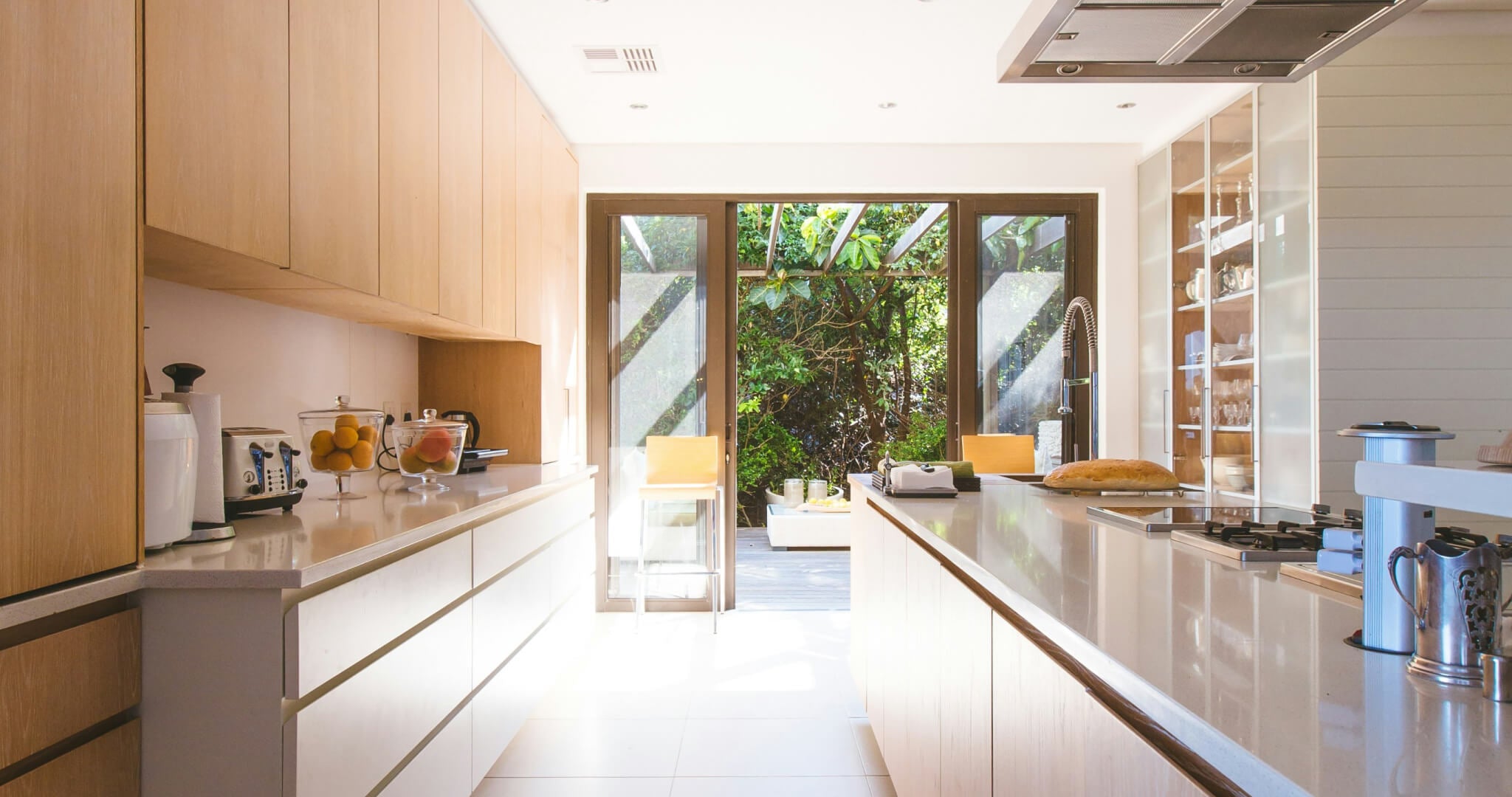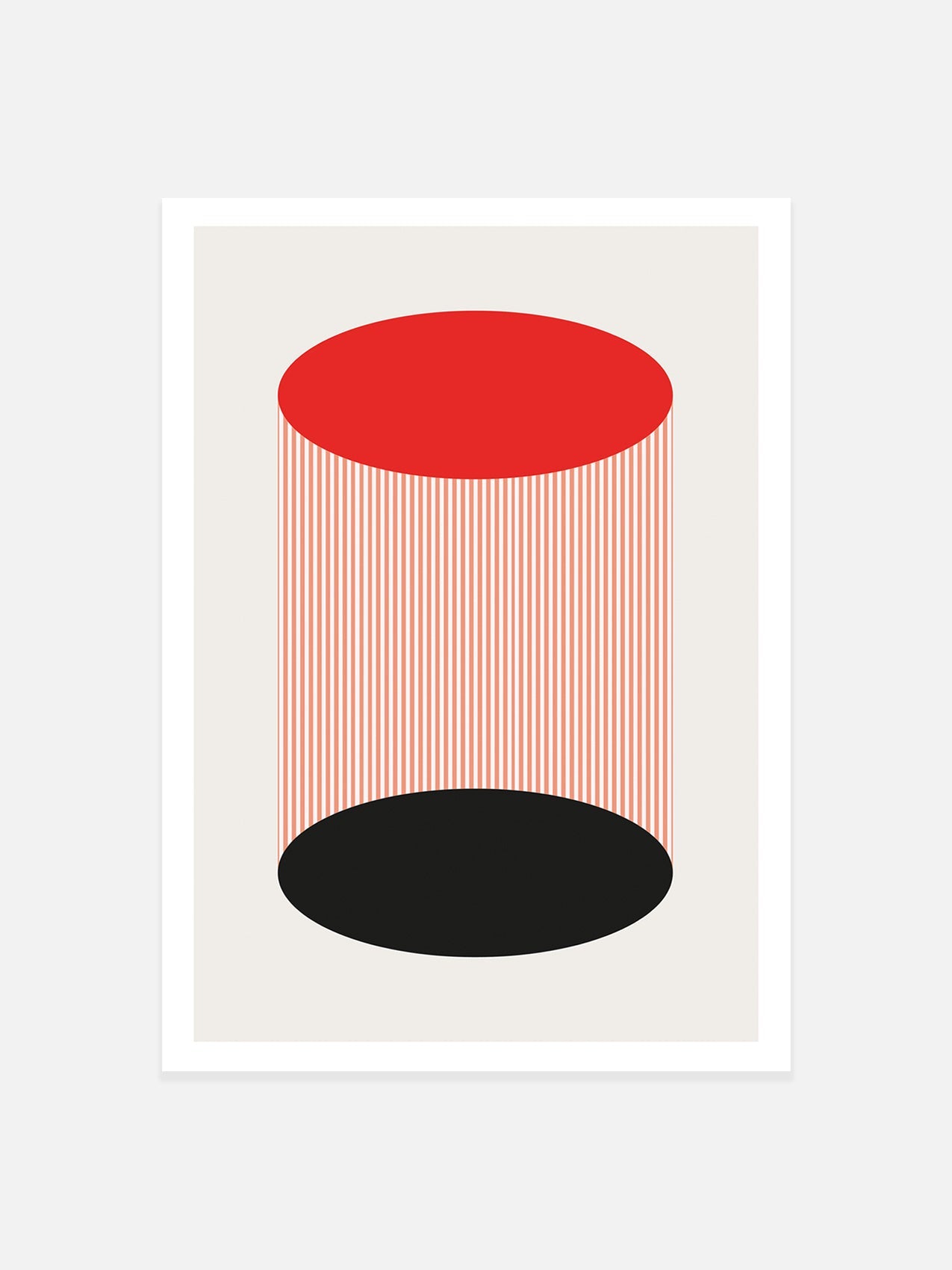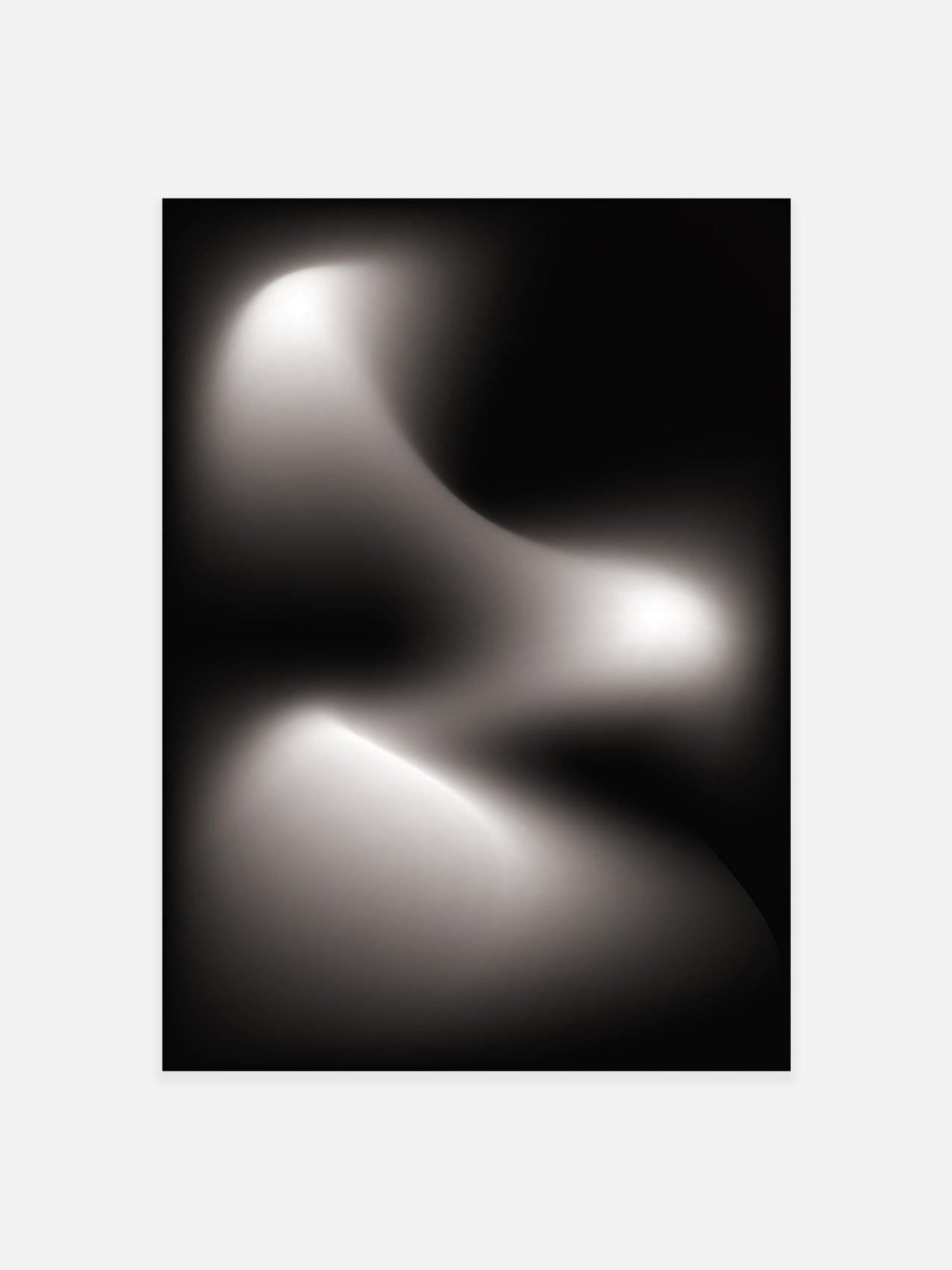
Gyotaku: The Art of Fish Printing
Gyotaku, a traditional Japanese art form, has captivated art enthusiasts and nature lovers for centuries. This unique technique involves creating prints of fish, capturing their intricate details and preserving their beauty on paper or fabric. Originating in the early 19th century, gyotaku has evolved from a practical method for recording fisherman's catches to a revered art form celebrated worldwide. In this blog post, we delve into the history of gyotaku, explore its evolution over time, and showcase notable examples that highlight the enduring allure of this captivating art.
The Origins of Gyotaku
Gyotaku can be traced back to the early 1800s in Japan, a time when recreational fishing was gaining popularity as a leisure activity. Fishermen would often return from their expeditions with remarkable catches and wanted to preserve the memory of their achievements. However, before photography became accessible, the only way to document their catches was through drawings or paintings.
It was during this era that a practical solution emerged. Fishermen began applying sumi ink or pigments directly onto the fish and pressing paper or fabric onto its surface, transferring the intricate patterns and textures onto the medium. This technique allowed them to create a realistic impression of the fish, enabling accurate measurements and record-keeping.
The Evolution of Gyotaku
Over time, gyotaku transformed from a practical recording method into an expressive art form. As the technique gained popularity, artists began to focus more on the aesthetic aspects, utilising vibrant colours and intricate brushwork. They sought to create visually stunning prints that showcased not only the fish's physical features but also its essence and beauty.
The Modern Era of Gyotaku
In the 20th century, gyotaku gained recognition as a legitimate art form, and artists started experimenting with various materials and techniques. The use of oil-based paints, watercolour's, and even fabric dyes expanded the possibilities of gyotaku, allowing for greater artistic expression and creative interpretations.
Today, gyotaku continues to thrive as a beloved art form worldwide. Artists, both traditional and contemporary, explore new techniques and materials, pushing the boundaries of this ancient practice. Galleries and exhibitions dedicated to gyotaku attract art enthusiasts and collectors, showcasing the rich diversity and intricate craftsmanship involved in creating these prints.
Notable Examples:
1. Yoshitoshi Mori (1898-1992)
Yoshitoshi Mori was a prominent Japanese artist who revitalized the gyotaku tradition in the mid-20th century. His prints, characterised by their vibrant colours and meticulous attention to detail, played a significant role in reviving interest in this art form. Mori's works showcased a wide range of fish species, each print capturing the unique characteristics and spirit of the subject.
2. Dwight Hwang
Dwight Hwang, an American artist, has gained recognition for his contemporary approach to gyotaku. He combines traditional fish printing techniques with modern materials and vibrant colours, resulting in striking compositions that breathe new life into the art form. Hwang's works often feature large-scale prints, pushing the boundaries of traditional gyotaku.
3. Naoki Hayashi
Naoki Hayashi, a Japanese artist, specializes in creating large-scale gyotaku prints. His intricate compositions not only depict the fish but also incorporate elements of the surrounding environment, such as water, seaweed, and other marine life. Hayashi's prints offer a visually stunning and immersive experience, capturing the essence of the underwater world.
Gyotaku has traversed the realms of practicality and transformed into a revered art form that celebrates the beauty and diversity of fish species. From its humble origins as a record-keeping technique to its status as a respected artistic endeavour, gyotaku continues to captivate art enthusiasts worldwide. Through the skilful application of ink, pigments, and creative expression, artists have breathed life into the prints, immortalising the intricate details of fish and showcasing the delicate balance of nature. As gyotaku evolves, it carries with it the rich history and cultural significance that makes it an enduring art form appreciated by generations to come.




























